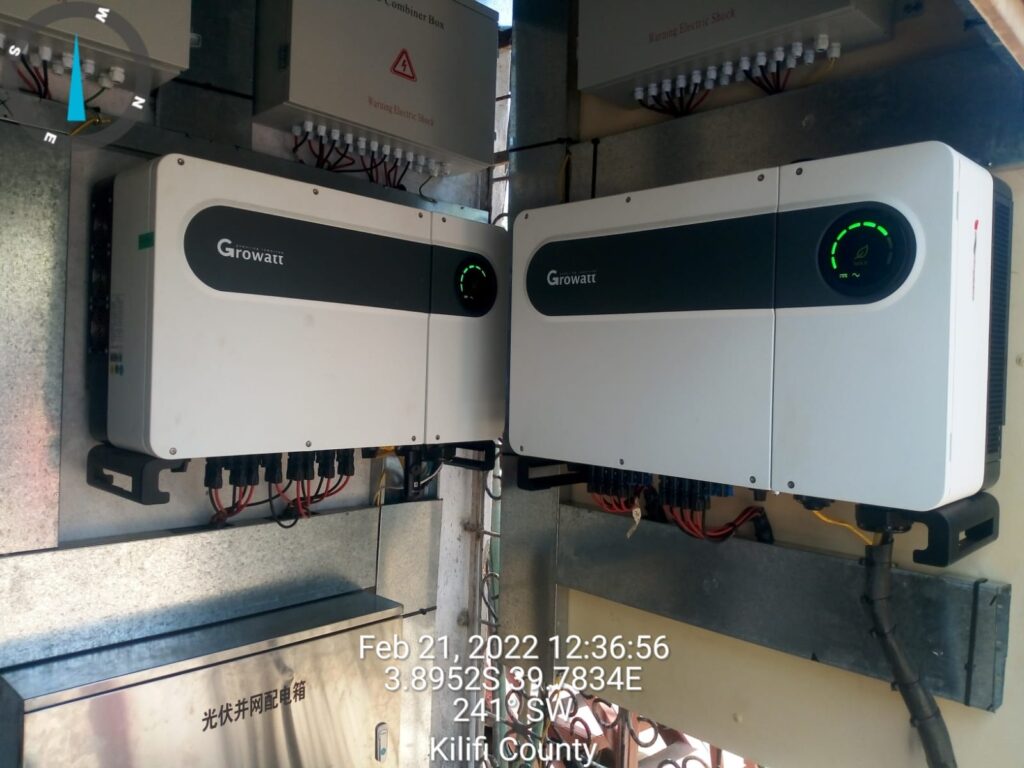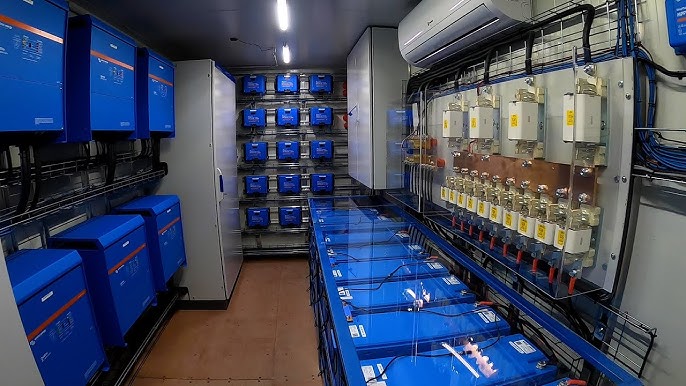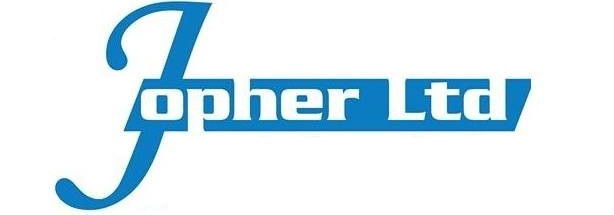HYBRID INVERTER VS ON GRID INVERTER


What is the difference between hybrid Inverter and On grid or Grid tie Inverter? To many people new to solar systems this seams to be a common question. Hybrid inverters and grid-tie inverters are both used in solar powered installations, but they serve different purposes and have distinct features. Here are some of the details for comparison between the two:
What Is Hybrid Inverter
A Hybrid Inverter is a device that combines the functions of a grid-connected inverter and an off-grid inverter to handle power management for solar panels, battery storage systems and the grid.
Hybrid Inverter Key Features
- Battery Management: They have ability to charge and discharge batteries and manage their energy storage.
- Off-grid capability: Possesses the ability to utilize the battery’s stored energy to power the battery and provide backup power in the event of a grid failure or power outage.
- Energy Management: They can intelligently manage energy use in the home or facility, optimizing the use of solar, battery and grid power.
- Grid Tie Function: Depending on the settings and the inverter capability , they can be connected directly to the grid and in some instances excess solar power can be fed back into the grid, utilizing Net Metering to reduce electricity costs.
Advantages of Hybrid Inverter
- Flexibility: Ability to work in both on-grid and off-grid modes, providing a variety of application scenarios.
- Energy autonomy: Energy storage capability enhances autonomous control of power supply.
- Backup power: Provides backup power in the event of a grid outage, ensuring continuous power to critical equipment.
Disadvantages of Hybrid Inverter
- Higher cost: Usually more expensive than grid-connected inverters of the same capacity due to more features and more complex design.
- Complicated installation: requires professional installation, involving more components and more complex system design.
Applications of Hybrid Inverter
- Homes and commercial facilities that require backup power.
- Solar systems with battery storage needs.
- Areas with unstable power grids or frequent power outages.
What Is Grid Tie Inverter

A grid-tie inverter also known as On Grid Inverter is a device that converts the direct current (DC) generated by solar panels into alternating current (AC) and delivers it directly to the grid.
Grid Tie Inverter Key Features
- Grid-connected function: Transmits the electricity generated by the solar power system to the grid, utilizing the Net Metering mechanism to reduce electricity bills.
- High Efficiency Conversion: Maximizes the use of solar power with high power conversion efficiency.
- No Battery Support: No support for battery storage systems, all excess power is delivered directly to the grid.
Advantages of Grid Tie Inverter
- Lower cost: Simple design, no battery management features, therefore lower price.
- Easy to install: relatively simple system, easier to install and maintain.
- Efficient use of solar energy: excess power is fed directly back into the grid, reducing electricity bills.
Disadvantages of Grid Tie Inverter
- No Backup Power: Cannot supply power in the event of a grid outage because there is no battery storage.
- Grid dependent: must be connected to the grid to work, not suitable for areas with unstable grid or no grid coverage.

Applications of Grid Tie Inverter
- Areas with stable and reliable power grids.
- Homes and businesses that wish to reduce their electricity bills through net metering mechanisms.
- Solar power systems that do not require backup power or battery storage.
Difference Between Hybrid Inverter And Grid Tie Inverter
| Hybrid Inverter | Grid Tie Inverter | |
| Battery management | Supports battery charge/discharge management | Battery management is not supported |
| Off-grid capability | Provide backup power in case of grid failure | Unable to supply power in case of grid failure |
| Grid connection function | Feedback of excess power to the grid | Feedback of excess power to the grid |
| Energy management | Intelligent management of solar, battery and grid power | Primary management of solar and grid power |
| Costs | Higher, more features | Lower, simple design |
| Installation complexity | Complex, involving batteries and more components | Simple, single system |
| Applicable scenarios | Areas requiring backup power, battery storage, unstable grids | Stabilized grid, no need for backup power |
Overall, hybrid inverters offer greater flexibility and autonomous energy management capabilities for users who require backup power and battery storage.
Grid-tied inverters, on the other hand, are a more cost-effective and simpler solution for users with a stable grid and no need for backup power. The choice of inverter depends on the specific energy requirements, budget and grid conditions.




